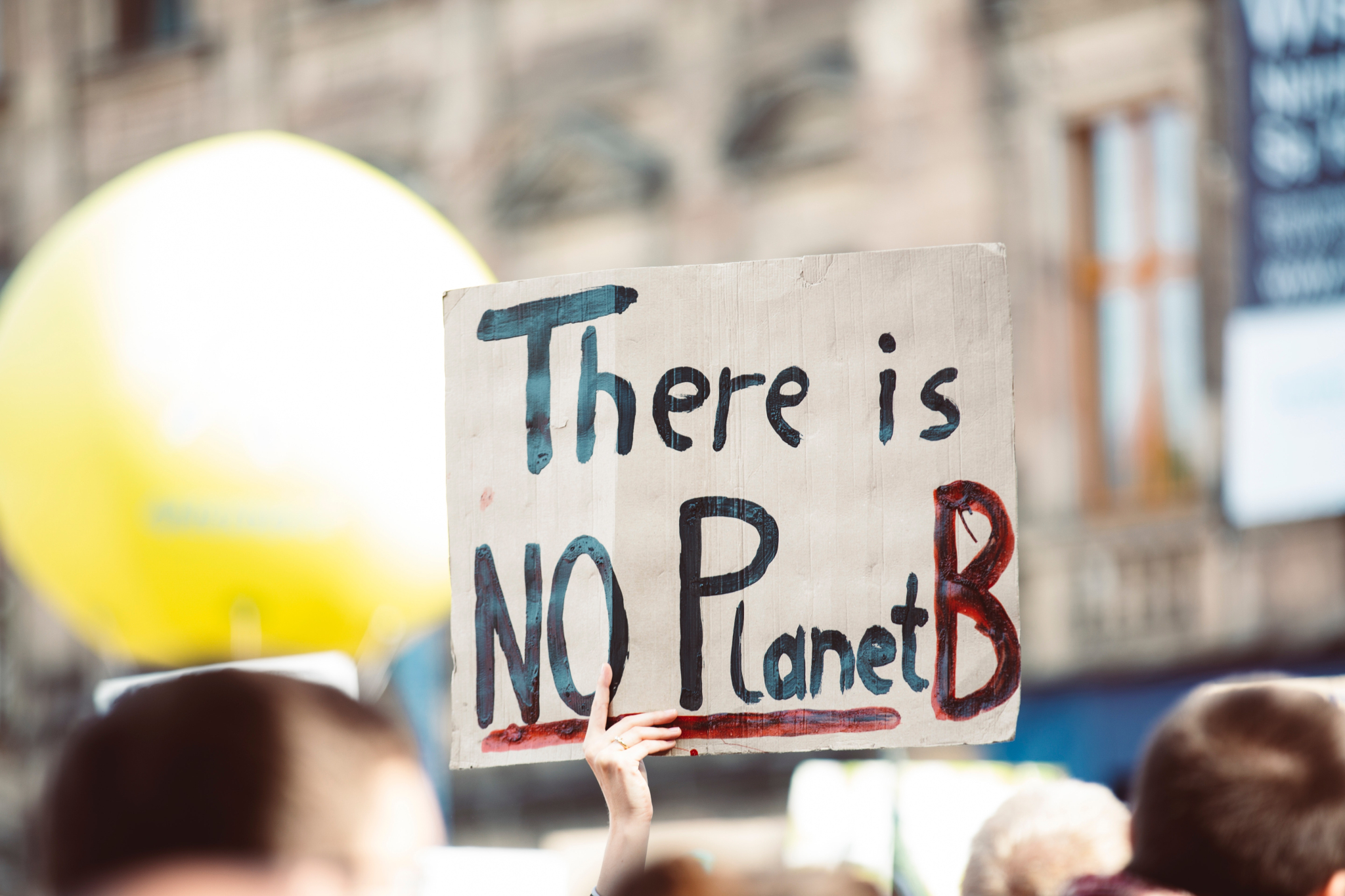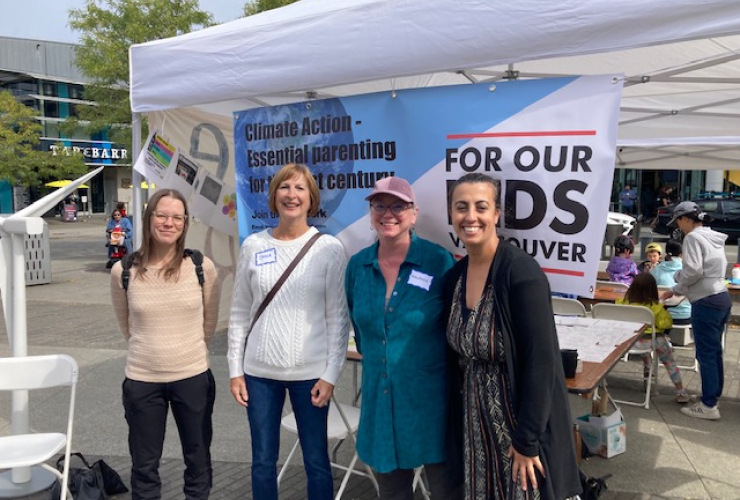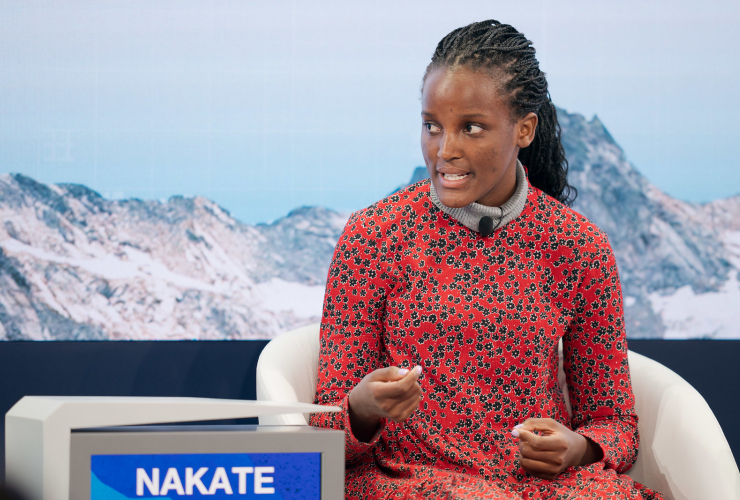As the world meets for COP27 in Sharm el-Sheikh, Egypt, the need arises to identify new strategies and solutions that amplify ambition and accelerate the emissions mitigation potential of existing climate policy.
A growing body of research indicates circular economy practices can yield substantial greenhouse gas emission reductions by supporting a shift away from current linear “take-make-waste” value chains to ones that utilize resources more efficiently, increase value retention of resources already in the economy and cycle back those resources that have reached their end of life. This is especially true for things like cars or buildings that rely on emissions-intensive inputs such as cement and steel.
Without the integration of circularity, growing ambitions for clean innovation and renewable energy solutions risk being stalled by exponential increases in material requirements. For example, the energy transition is expected to increase demand for some battery metals by up to 500 per cent. This is because renewable energy production and storage technologies are significantly more material-intensive than their fossil fuel counterparts.
These technologies will also generate more waste. Recent projections for Canada suggest getting to net-zero by 2050 will generate more than a 60-fold increase in solar cell waste and a 30-fold increase in defunct wind turbines as they reach their end of life and are replaced.
This evidence suggests that circular economy approaches can help existing climate policy unlock new policy tools and solutions and crowd in new allies and investment by enabling a more holistic understanding of tradeoffs and synergies. However, research to date has been primarily limited to quantifying the emission reduction potential of circular economy outcomes, such as increases in secondary material content or a generalized reduction in demand for new materials.
To capture the real potential of next-generation climate policies informed by “circular thinking,” a more strategically focused approach is required, one that engages with stakeholders to identify how circular policies can amplify ambition and accelerate the emissions mitigation potential of existing climate policy instruments while adding job-creating value along supply chains.
This more strategic approach requires asking new questions that go beyond efficiency improvements to also consider critical resource access, the potential for low-carbon transition bottlenecks and broader consideration of how to capture the benefits of supplying the material requirements of decarbonization while minimizing the potential for related environmental harm.
How each nation accomplishes this will reflect their unique economies, cultures, geographies and governance structures, but we put forth here four ways a more strategic approach to integrating circular economy policy and climate policy can raise ambition without duplicating effort:
- Open new policy pathways to decarbonization by encouraging industries and companies to examine the embodied emissions along their entire value chain, in addition to their own energy consumption and GHG emissions. It has been argued that up to 45 per cent of emissions globally are embodied in the materials we use. Circular policies can include the creation of new standards for tracing materials through multiple life cycles, requirements for products to contain a specified amount of recycled content or be designed for easy disassembly and the reuse of components.
- Aid in decoupling emissions-intensive, hard-to-abate sectors by enabling policymakers to explore new avenues to incentivize emissions reductions through material efficiency, product design and composition, material recovery, adoption of second-life resources and new material innovations. A Canadian prize-winning example of this is CarbonCure Technologies, which produces concrete that contains recycled CO2, reducing both its water and carbon footprint without compromising strength or reliability.
- Alleviate pending material bottlenecks threatening to jeopardize the energy transition. Wind turbines, solar cells and electric vehicles require more material per unit of energy generation relative to fossil-fuel-based counterparts, including critical and strategic minerals and metals subject to potential near-term economic or geopolitical supply constraints. Cycling materials, such as aluminum or lithium, can help turn a waste problem and a supply chain risk into a resilient supply of materials that supports job growth and local economies while substituting in for more environmentally harmful sources.
- Help to depoliticize the climate debate by expanding who benefits from decarbonization and increasing the ways in which investors, producers, consumers and citizens can participate in the low-carbon transition. As we opined in Canada’s National Observer previously, resource-producing and exporting nations like Canada stand to benefit from the global zero-waste and low-carbon transitions, but we need to act now to solidify our competitive advantage.
By applying circular thinking to target existing gaps, next-generation strategic climate policy promises to accelerate, decarbonization and alleviate bottlenecks to our transition, while meeting biodiversity targets and building a broader coalition of allies.
Colleen Kaiser is a postdoctoral fellow and senior research associate with the Smart Prosperity Institute at the University of Ottawa. Colleen’s research expertise includes areas of agile regulatory systems, low-carbon and inclusive innovation and climate change governance. Colleen holds a PhD in environmental studies from York University and a MSc in environmental policy and regulation from the London School of Economics. Kaiser also teaches at York University in Toronto.
Geoff McCarney is a professor of environment and development in the School of International Development and Global Studies, associate director (research) for the Institute of the Environment, and senior director of research for the Smart Prosperity Institute. McCarney’s research expertise includes areas of environmental, natural resource and development economics, with specific focus on a range of issues at the interface of climate change, the circular economy and natural resource development. Geoff holds a PhD in sustainable development (with a focus on economics and climate science) from Columbia University.
Marena Winstanley has more than a decade of experience moving the needle on sustainability policy in Canada. She led the programming of the 2021 World Circular Economy Forum on behalf of the federal government and now leads the creation of new research projects and partnerships at Smart Prosperity Institute. Leveraging her experience working with all orders of government, including Indigenous nations, she focuses on bringing about real-world changes that benefit people and the planet.
Yes, I hope the idea of the
Yes, I hope the idea of the circular economy takes hold with politicians, economists and businesses. Ever since World War II, the prevailing philosophy for manufacturing seems to have been "planned obsolescence." Products are NOT made to last but instead to break down after about 10 years so you have to buy a new one- consume more. This approach has created mountains of waste and depleted Earth's resources. Government regulations are needed so, at the manufacturing stage, products are designed to be disassembled at end of life.








Comments